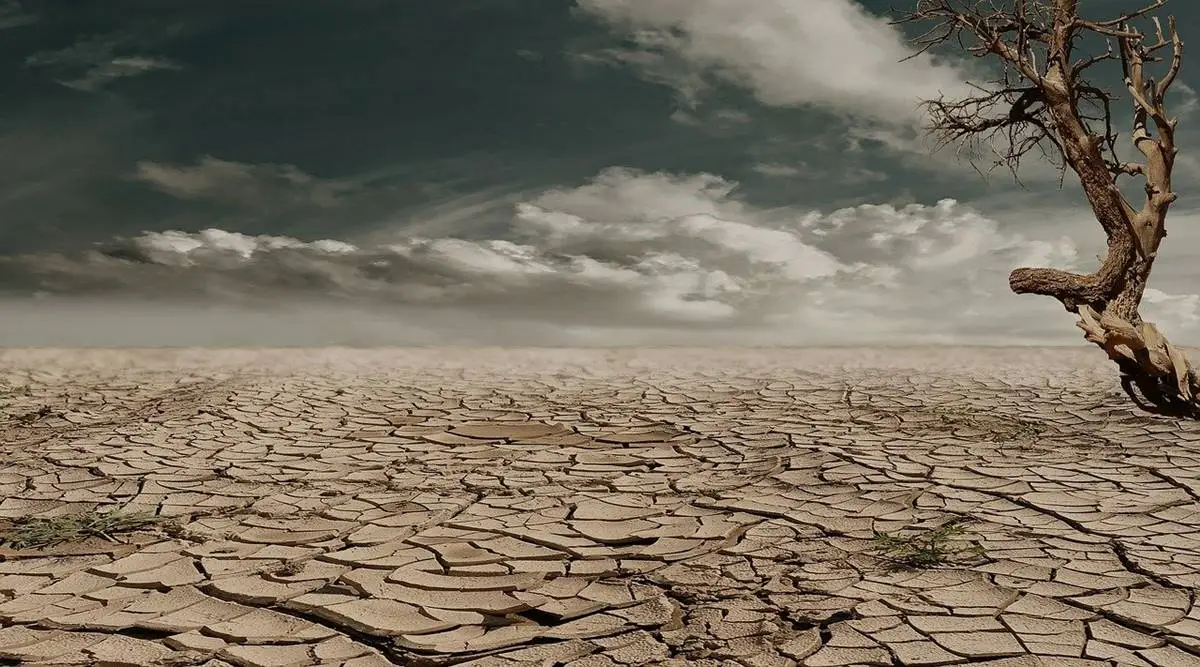Visualizing Drought Data
This dataset was provided by a number of different sources including National Oceanic and Atmospheric. Administration and the National Drought Monitor and it gives good insight into droughts from 1895-2021. This dataset provided information on the length of the drought, the severity of the drought, date and location. Additionally, this dataset provided information on the amount of precipitation, which should correlate with the severity of the drought.
First, let's take a look at drought over time using the visualization below.
Here we can see a number of interesting trends. First, there are clearly years where drought is more prevalent than others. These years also tend to be consecutive in nature. We can see when large droughts happen, including the drought in the mid-1930s in the midwest. Also, recently, the droughts in the midwest and west are obvious. There seem to be certain states that get hit harder with drought, especially Nebraska and Kansas.
Next, let's take a look at precipitation over time using the visualization below.
By watching this visualization, it is pretty clear that for a long period of time, that continues through to today, the west and southwest (minus Washington) have seen very little consistent precipitation over the years as compared to other states. This correlates with the drought numbers seen in the drought visualization above. Interestingly, the southeast tends to get more precipitation in general.
Finally, looking at one state, in particular, California, the drought index and precipitation time series data is plotted to check for some correlation. Below is a visualization showing that.
Here, the figures show signs of inverse correlation, which is a good sign as that is what was expected. As precipitation drops, the chances for drought increase, while the opposite is true as well. However, they are not perfectly correlated, which also makes sense. Here, the expectation is that drought lags behind precipitation numbers, and the less the precipitation over time, the harder it is to not be in a drought. Sustained excess precipitation would be required to overcome drought.


